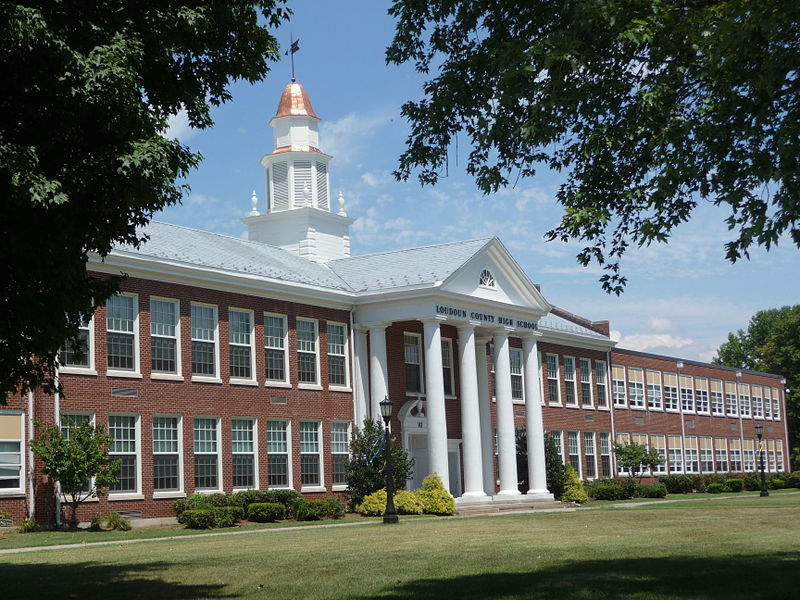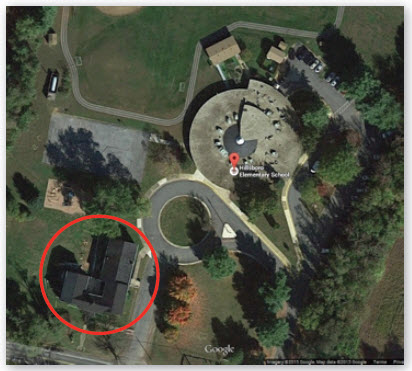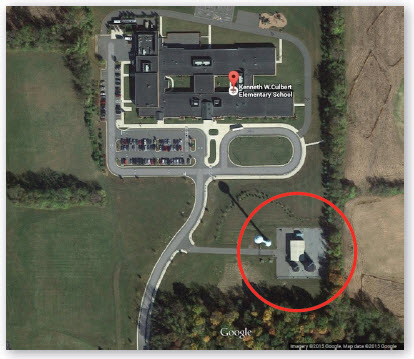
Loudoun County Public Schools (LCPS) is a pretty special place from an energy management perspective. The district earned “ENERGY STAR Partner of the Year” in 2010 and 2011, and the Partner of the Year–Sustained Excellence Award for the last four years.
Over the last 21 years, LCPS has saved over $64 million in expected utility costs—equivalent to hiring over 1,300 first year teachers or educating over 5,200 pupils for a year. In addition, 62 LCPS schools have earned the ENERGY STAR rating (representing over 70 percent of LCPS schools and 6.5 million square feet).
In today’s blog, I’d like to highlight the energy savings potential revealed and, at least in part, unleashed by their energy management software. It’s a little like treasure hunting—once you start digging, you’ll be amazed at what you find.
An Old School Problem
 One of the advantages of implementing a comprehensive utility bill tracking system like EnergyCAP is that the process requires a periodic meter-by-meter inventory and verification of all utility expenses being paid. An audit completed in 2005 during the implementation of EnergyCAP Professional, revealed that utilities for a building removed from the LCPS portfolio in 1967 were still being billed to the school district 38 years later!
One of the advantages of implementing a comprehensive utility bill tracking system like EnergyCAP is that the process requires a periodic meter-by-meter inventory and verification of all utility expenses being paid. An audit completed in 2005 during the implementation of EnergyCAP Professional, revealed that utilities for a building removed from the LCPS portfolio in 1967 were still being billed to the school district 38 years later!
LCPS had built a new Hillsboro elementary school in 1967. The photo image shows both the old school house (lower left) and the new school (circular). A physical inventory of all the meters for which LCPS was paying revealed the problem meter. LCPS quietly turned the meter payments over to the Hillsboro community association, which owns/operates the old school house.
Accounting Snafu
 A similar situation involved a municipality-owned water tower for which LCPS was paying the electric bills.
A similar situation involved a municipality-owned water tower for which LCPS was paying the electric bills.
The water tower and associated water treatment facility (highlighted in the image) was built by LCPS as part of the requirements to be issued a construction permit for Harmony Middle School (co-located on the site, but not pictured). Although it was always the intent of the project to turn the water tower over to the town of Hamilton (which occurred in 2007), the transfer of the electric utility account did not take place. As a result, for many months LCPS was not only paying for the water, but also for the electricity costs of supplying it. Once again, a meter audit revealed the error.
Buried Treasure at Broad Run
 Additional utility savings were discovered through an EnergyCAP benchmarking report. Broad Run High School was found to have unusually high water usage when compared to its sister school using EnergyCAP’s grouping and benchmarking graphs. During a vacation period, when all water consuming systems were turned off, leaks were identified in a number of pipe joints that had failed.
Additional utility savings were discovered through an EnergyCAP benchmarking report. Broad Run High School was found to have unusually high water usage when compared to its sister school using EnergyCAP’s grouping and benchmarking graphs. During a vacation period, when all water consuming systems were turned off, leaks were identified in a number of pipe joints that had failed.
This led to a major excavation project, since a domestic water line had bad joints all along an entire length of the pipe.
Every 20 feet (at the end of each pipe segment), a hole had to be dug and the pipe joint replaced. This was a huge project that ended up generating significant savings on water and natural gas, as the leaking water was heated.
The hot water oozing from those faulty pipe joints was like buried treasure, just waiting to be discovered. Those utility savings were quite literally dug up, by real people, dedicated people, using the right tools—a sure prescription for energy management success.
If you’d like to find out more about what the LCPS doing, more than two decades after they started, read the Case Study!
{{cta(‘bbcacde3-5c6f-4a4d-86b3-abf00c47e369′,’justifycenter’)}}
 Best-in-class portfolio-level energy and utility bill data management and reporting.
Best-in-class portfolio-level energy and utility bill data management and reporting.
 Real-time energy and sustainability analytics for high-performance, net-zero buildings.
Real-time energy and sustainability analytics for high-performance, net-zero buildings.
 A holistic view of financial-grade scope 1, 2, and 3 carbon emissions data across your entire business.
A holistic view of financial-grade scope 1, 2, and 3 carbon emissions data across your entire business.
 Energy and sustainability benchmarking compliance software designed for utilities.
Energy and sustainability benchmarking compliance software designed for utilities.

 One of the advantages of implementing a comprehensive utility bill tracking system like EnergyCAP is that the process requires a periodic meter-by-meter inventory and verification of all utility expenses being paid. An audit completed in 2005 during the implementation of EnergyCAP Professional, revealed that utilities for a building removed from the LCPS portfolio in 1967 were still being billed to the school district 38 years later!
One of the advantages of implementing a comprehensive utility bill tracking system like EnergyCAP is that the process requires a periodic meter-by-meter inventory and verification of all utility expenses being paid. An audit completed in 2005 during the implementation of EnergyCAP Professional, revealed that utilities for a building removed from the LCPS portfolio in 1967 were still being billed to the school district 38 years later! A similar situation involved a municipality-owned water tower for which LCPS was paying the electric bills.
A similar situation involved a municipality-owned water tower for which LCPS was paying the electric bills. Additional utility savings were discovered through an EnergyCAP benchmarking report. Broad Run High School was found to have unusually high water usage when compared to its sister school using EnergyCAP’s grouping and benchmarking graphs. During a vacation period, when all water consuming systems were turned off, leaks were identified in a number of pipe joints that had failed.
Additional utility savings were discovered through an EnergyCAP benchmarking report. Broad Run High School was found to have unusually high water usage when compared to its sister school using EnergyCAP’s grouping and benchmarking graphs. During a vacation period, when all water consuming systems were turned off, leaks were identified in a number of pipe joints that had failed.

